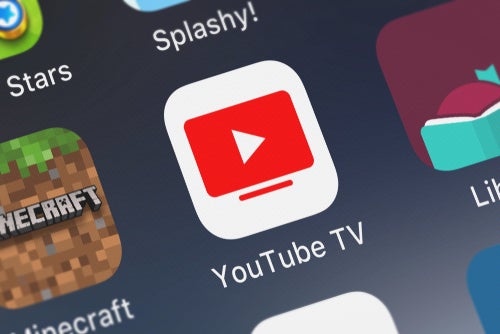 By Gary Brooks, CMO of Cortera
By Gary Brooks, CMO of Cortera
B2B marketers have a tremendously difficult challenge. CEOs are continually expecting CMOs and VPs of marketing to provide more leads that are more sales-ready than those they have previously delivered. Yet most of these marketers have to deliver these results with the same or fewer resources.
Smart marketers are drawing from the B2C marketers’ playbook. While most B2B companies are complacent with using a mix of demographic and website visitor data to score leads, smart marketers realize that they can learn much more from a company’s buying behavior.
B2C companies are tracking consumers every time they swipe their credit cards. The transactions are analyzed to determine an individual’s personal buying patterns. The data can then be used to determine what products they are most likely to buy next. That information is sold to B2C companies who place it into their own models and then send the individual an advertisement.
Now imagine using that type of data and insights in a B2B scenario. Here are three things to consider to help in the lead-nurturing process.
1) Understand a company’s life events
Just like people, businesses have events that indicate a change in their behavior. Just as an expecting mother is likely to buy a baby crib, a business that is buying a new warehouse is likely to need more raw materials or machinery. A small business that has grown to a particular point may likely need a new billing system.
Some external factor has to come in, some forcing action that causes a company to go a different direction. If a business has a layoff, opens a new location, hires new management, launches a new product or misses its sales forecast, there will be a change in its buying behavior. If a B2B company is aware of these events, it can determine which companies are most likely to buy.
2) Create purchase behavior buying personas
Take the company life events that make companies more likely to buy your product or service and turn them into purchase behavior buying personas. Make sure your sales and marketing team understands what these events are and what they should do when they find a company that fits the profile.
What communications should marketing send? How should sales engage these companies?



